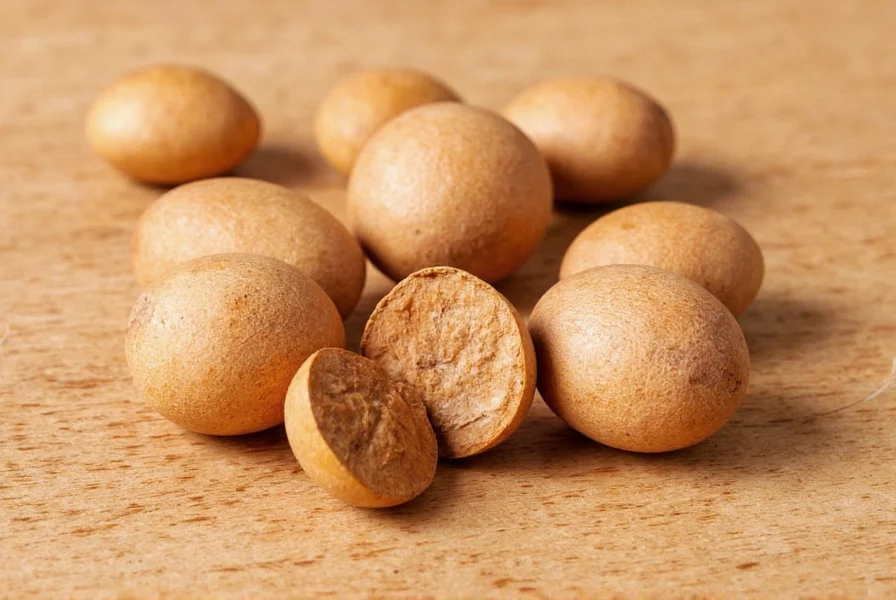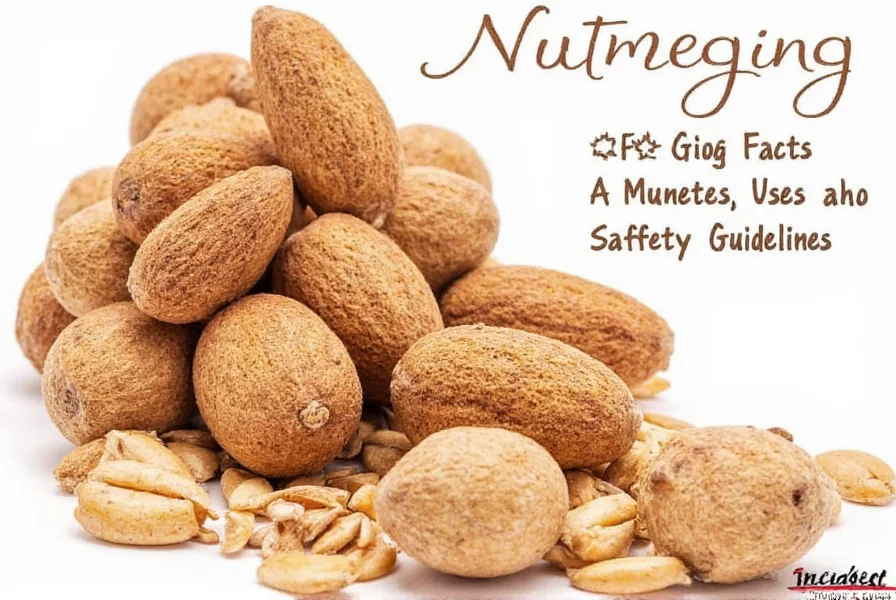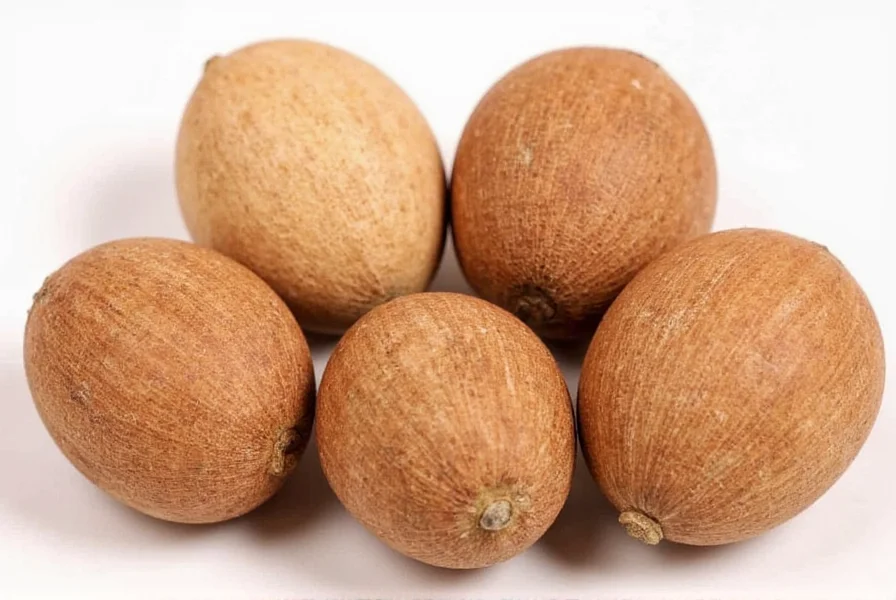Understanding Nutmeg: From Seed to Spice
Nutmeg comes from the Myristica fragrans evergreen tree, which produces two distinct spices from a single fruit. The seed kernel becomes nutmeg, while the lacy red covering (aril) surrounding it is processed into mace. This dual-spice characteristic makes nutmeg and mace relationship particularly interesting for culinary enthusiasts. Historically, nutmeg fueled intense trade wars during the 16th and 17th centuries, with European powers vying for control of the Banda Islands where it grew exclusively.

Nutritional Profile and Evidence-Based Health Benefits
Nutmeg contains several bioactive compounds including myristicin, elemicin, and safrole, along with essential minerals like manganese, copper, and magnesium. Research suggests potential health benefits when consumed in culinary amounts:
| Nutrient | Per Teaspoon (2g) | % Daily Value |
|---|---|---|
| Calories | 12 | 1% |
| Dietary Fiber | 1g | 4% |
| Manganese | 0.2mg | 9% |
| Copper | 0.1mg | 11% |
| Magnesium | 9mg | 2% |
Studies indicate that moderate nutmeg nutritional benefits include:
- Anti-inflammatory effects: Compounds in nutmeg may help reduce inflammation markers
- Digestive support: Traditional use for relieving indigestion finds some support in modern research
- Sleep quality improvement: Small amounts may promote relaxation due to certain compounds
- Dental health: Myristicin shows antibacterial properties relevant to oral health
Culinary Applications and Flavor Pairing
Chefs prize nutmeg for its warm, slightly sweet flavor that enhances both sweet and savory dishes. Understanding how to use fresh nutmeg properly makes a significant difference in culinary results. Unlike pre-ground versions, freshly grated nutmeg releases volatile oils that provide superior aroma and taste.
Excellent pairings include:
- Cheese sauces and béchamel (classic in macaroni and cheese)
- Root vegetable dishes like mashed potatoes or roasted carrots
- Pumpkin and winter squash preparations
- Baked goods including spice cakes and custards
- Meat marinades for pork and poultry
For best results in nutmeg in baking recipes, add freshly grated nutmeg toward the end of cooking to preserve its delicate flavor compounds. A microplane grater works perfectly for creating fine, even shavings from whole nutmeg seeds.
Safety Considerations and Consumption Guidelines
While culinary amounts of nutmeg are safe, excessive consumption presents risks. The compound myristicin, which contributes to nutmeg's flavor, can cause unpleasant nutmeg potential side effects when consumed in large quantities (typically more than 1-2 teaspoons of ground nutmeg).
Symptoms of overconsumption may include:
- Dizziness and disorientation
- Nausea and gastrointestinal discomfort
- Increased heart rate
- Visual disturbances
Pregnant women, individuals with liver conditions, and those taking certain medications should consult healthcare providers before consuming nutmeg in medicinal amounts. For standard safe consumption of nutmeg, limit intake to no more than 1-2 teaspoons per day in culinary applications.
Selection and Storage Best Practices
When choosing between whole and ground nutmeg, consider these factors for optimal nutmeg storage tips:
- Whole nutmeg: Lasts 2-3 years when stored properly in an airtight container away from light and moisture. Provides superior flavor when freshly grated.
- Ground nutmeg: Loses potency more quickly (6-12 months). Choose recently ground products and check for aroma before purchasing.
For maximum shelf life, store whole nutmeg in a cool, dark place. Avoid refrigeration which can introduce moisture. Properly stored whole nutmeg maintains its essential oils much longer than pre-ground versions, making it worth the extra effort for serious cooks interested in how to use fresh nutmeg effectively.

Conclusion
Nutmeg remains one of the most versatile and historically significant spices in global cuisine. Its unique flavor profile enhances countless dishes while offering potential health benefits when used appropriately. By understanding proper usage amounts, storage methods, and culinary applications, home cooks and professional chefs alike can maximize the benefits of this remarkable spice while avoiding potential risks associated with overconsumption. The difference between whole and ground nutmeg represents one of the clearest examples where investing a few extra seconds in preparation yields noticeably superior results in the finished dish.
Frequently Asked Questions
What's the difference between nutmeg and mace?
Nutmeg and mace come from the same fruit of the Myristica fragrans tree. Nutmeg is the seed kernel, while mace is the lacy red aril (covering) surrounding the seed. Mace has a more delicate, slightly sweeter flavor than nutmeg and often appears in lighter-colored dishes where nutmeg might discolor the food.
How much nutmeg is safe to consume daily?
For culinary use, 1/4 to 1/2 teaspoon of freshly grated nutmeg per serving is generally safe. Total daily consumption should not exceed 1-2 teaspoons. Consuming more than 2 teaspoons may cause adverse effects due to myristicin content. Pregnant women and individuals with certain health conditions should consult healthcare providers about appropriate amounts.
Why is freshly grated nutmeg better than pre-ground?
Freshly grated nutmeg releases volatile aromatic compounds that quickly dissipate in pre-ground versions. Whole nutmeg retains its essential oils for years, while ground nutmeg loses 75% of its flavor compounds within 6 months. The texture of freshly grated nutmeg also distributes more evenly in dishes compared to potentially clumpy pre-ground versions.
Can nutmeg help with sleep?
Small amounts of nutmeg (about 1/4 teaspoon) in warm milk before bed may promote relaxation for some people due to certain compounds that interact with neurotransmitters. However, scientific evidence for significant sleep improvement is limited, and larger amounts can actually cause restlessness rather than sleepiness.
What are signs that nutmeg has gone bad?
Whole nutmeg that has expired will have diminished aroma—rub it with your thumb and if you can't detect a warm, nutty scent, it's lost potency. Ground nutmeg that has gone bad may appear dull in color and lack its characteristic sweet-spicy fragrance. Properly stored whole nutmeg lasts 2-3 years, while ground typically remains fresh for 6-12 months.











 浙公网安备
33010002000092号
浙公网安备
33010002000092号 浙B2-20120091-4
浙B2-20120091-4